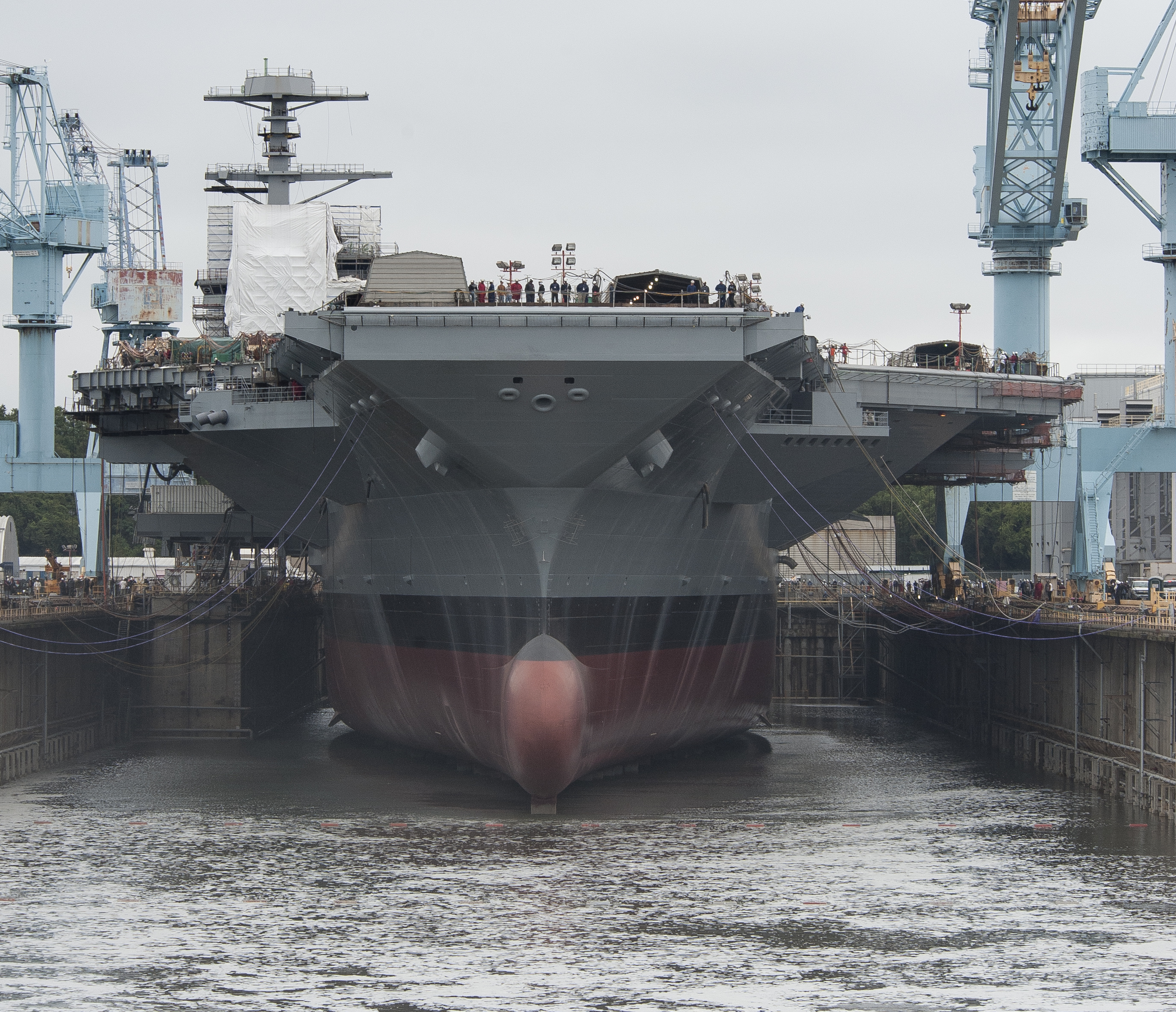
Document: Report to Congress on New Ford-Class Carriers
The following is the March 3, 2015 Congressional Research Service report, Navy Ford (CVN-78) Class Aircraft Carrier Program: Background and…
Copyright 2024 U.S. Naval Institute. All Rights Reserved.